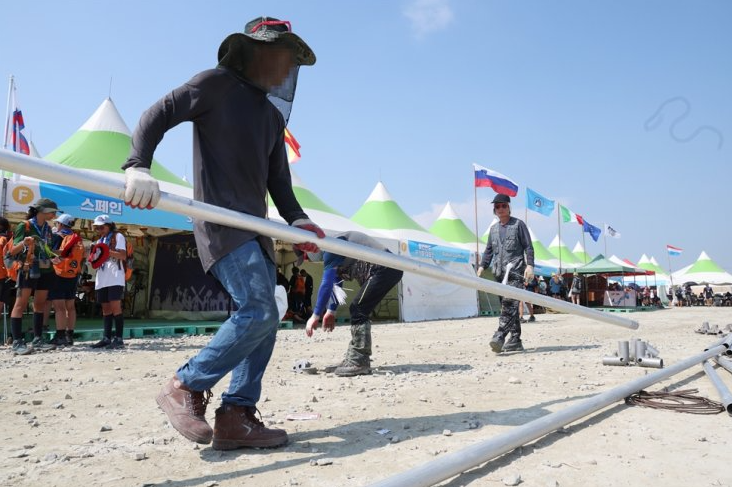
Workers began removing tents at the international scout camp on August 7.
Yonhap quoted the Korea Meteorological Administration's forecast as saying that Typhoon Khanun is on its way to hit the southeastern coast of South Korea in the next few days, carrying winds of up to 44 meters per second.
At 9:00 a.m. on August 7 (local time), Typhoon Khanun was about 330 km east-northeast of Japan's Okinawa Island and was expected to move north to the sea about 90 km southwest of Busan at 9:00 p.m. on August 10.
As it approaches Busan, Typhoon Khanun could pack winds of 33 to 44 meters per second, strong enough to push a train off the tracks.
From the southeast coast, Typhoon Khanun is expected to move northward, cutting vertically across the Korean Peninsula and affecting the DPRK. By August 12, the storm may pass through northeastern China.
Faced with the above situation, the World Organization of the Scout Movement (WOSM) said it had received an evacuation notice from the Korean government due to the dangerous effects of typhoon Khanun.
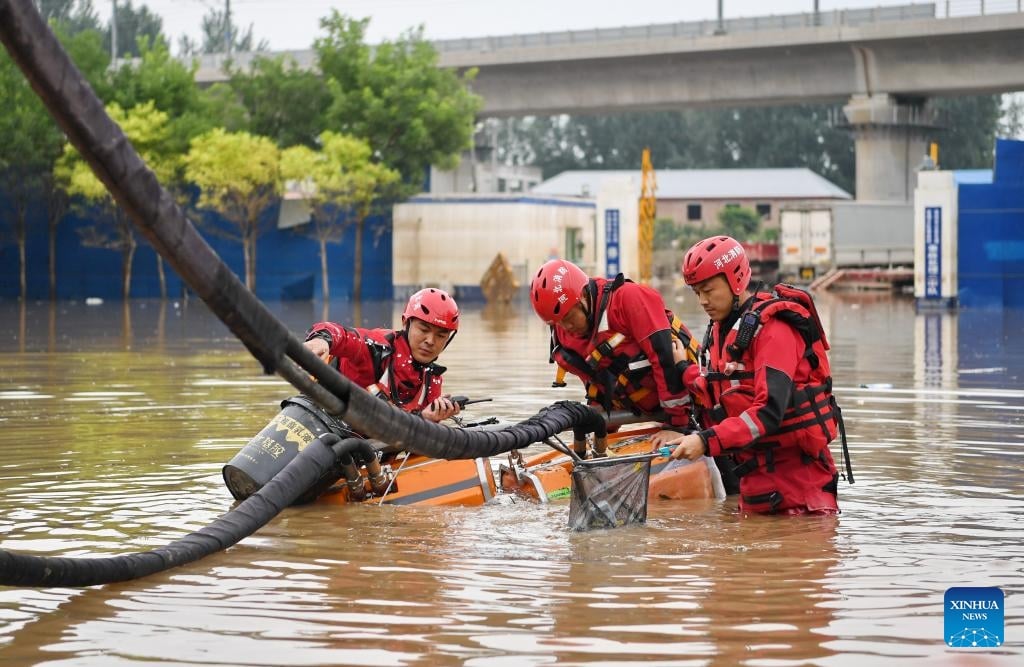
Rescue teams continue flood control efforts in Zhuozhou City, Hebei Province (China) on August 7.
All delegations still attending the camp, including the delegation from Vietnam, will be urgently evacuated from August 8 to areas not in the storm's path.
Kim Sung-ho, a senior official at the South Korean Interior Ministry, said about 36,000 campers, mostly aged between 14 and 18, would be bused out of the Saemangeum sandbar in the southwest of the country.
According to the Japan Meteorological Agency, typhoon Khanun is expected to approach the main island of Kyushu on August 9, bringing heavy rain, gusty winds, flooding and the risk of landslides.
Typhoon Khanun is also expected to bring heavy rain to eastern and western Japan. There have been no evacuation orders in the affected areas.
Due to the impact of the typhoon, Nagasaki, one of the main cities on the island of Kyushu, was forced to scale down the scale of the atomic bomb memorial ceremony on August 9. The venue was also moved indoors instead of the long-standing tradition of the Peace Park, according to AFP.
Why did Beijing experience the heaviest rainfall in 140 years?
Information about Typhoon Khanun was released at a time when northeastern China was still reeling from the devastating floods caused by Typhoon Doksuri.
Xinhua News Agency today, August 7, quoted Shulan City officials (Jilin Province) as saying that 14 people died over the weekend due to the storm. Of these, 3 were city officials, including a deputy mayor of Shulan.
Source link


![[Photo] General Secretary To Lam arrives in Minsk, begins state visit to Belarus](https://vphoto.vietnam.vn/thumb/1200x675/vietnam/resource/IMAGE/2025/5/11/76602f587468437f8b5b7104495f444d)


![[Photo] General Secretary To Lam meets and expresses gratitude to Vietnam's Belarusian friends](https://vphoto.vietnam.vn/thumb/1200x675/vietnam/resource/IMAGE/2025/5/11/c515ee2054c54a87aa8a7cb520f2fa6e)

![[Photo] General Secretary To Lam concludes visit to Russia, departs for Belarus](https://vphoto.vietnam.vn/thumb/1200x675/vietnam/resource/IMAGE/2025/5/11/0acf1081a95e4b1d9886c67fdafd95ed)
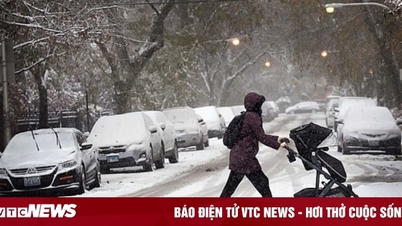


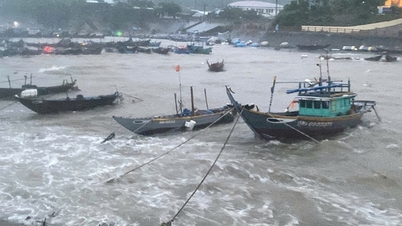

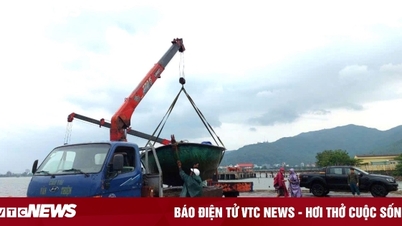


















![[Photo] National Assembly Chairman Tran Thanh Man attends the Party Congress of the Committee for Culture and Social Affairs](https://vphoto.vietnam.vn/thumb/1200x675/vietnam/resource/IMAGE/2025/5/11/f5ed02beb9404bca998a08b34ef255a6)



































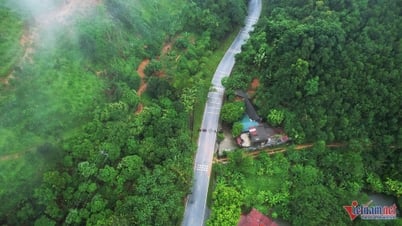










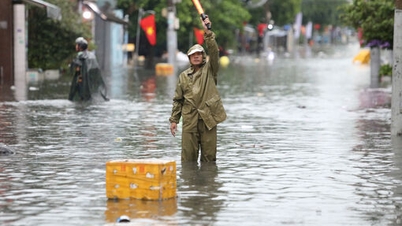

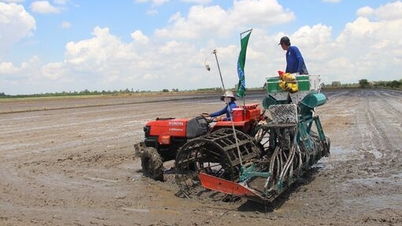















Comment (0)